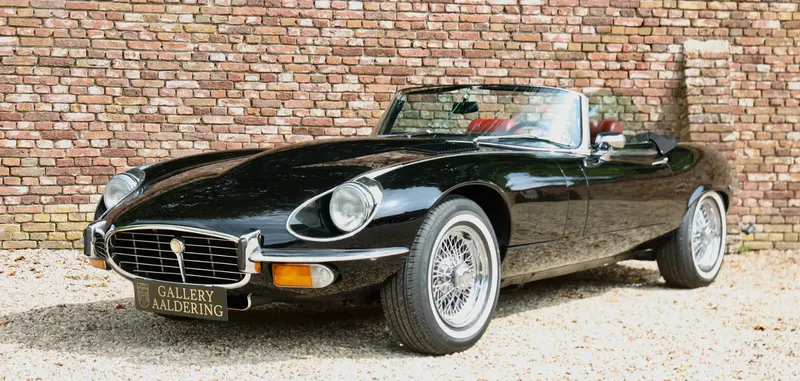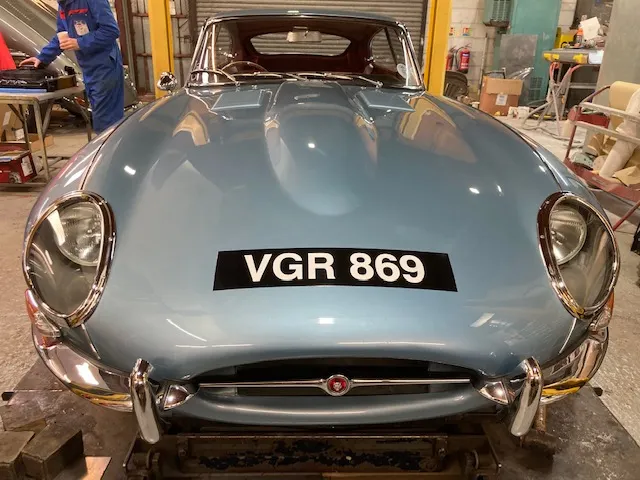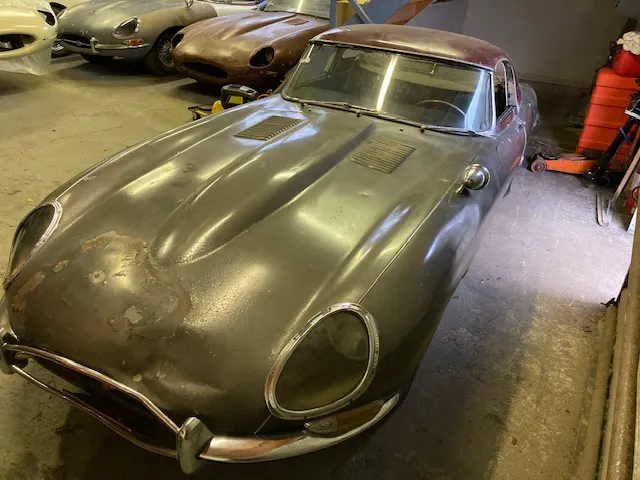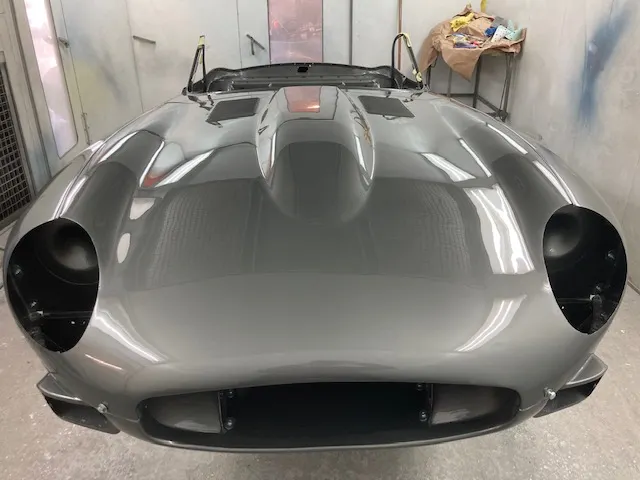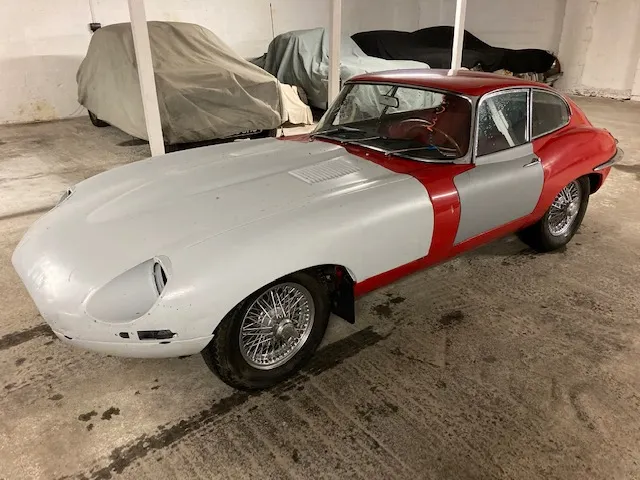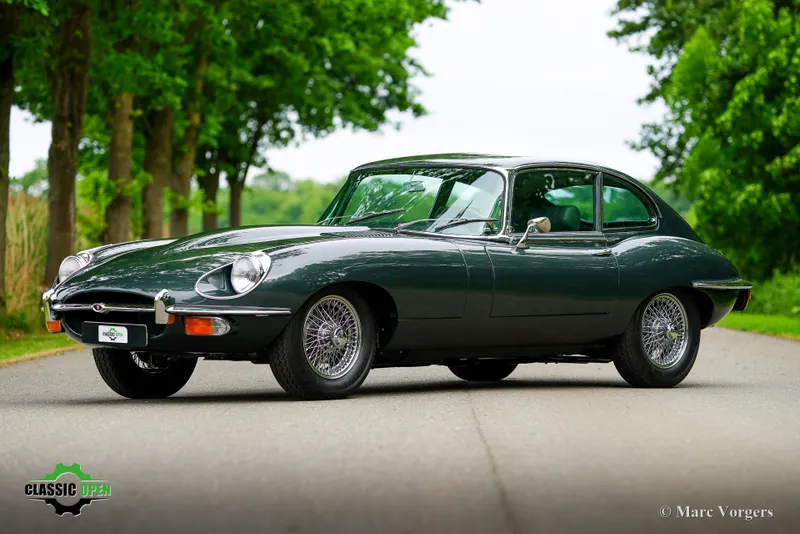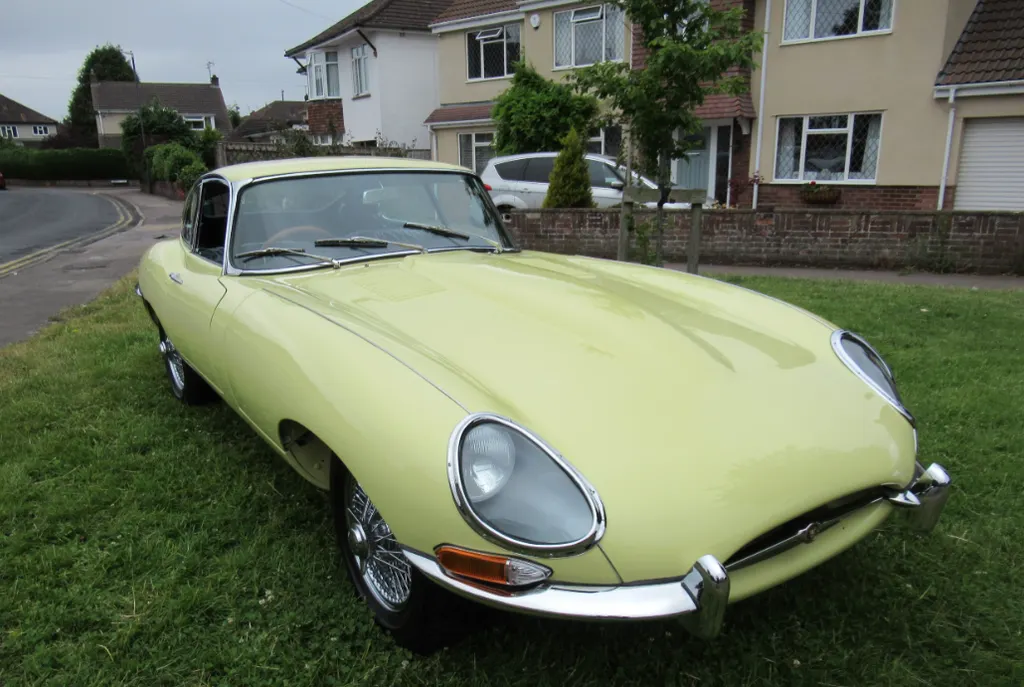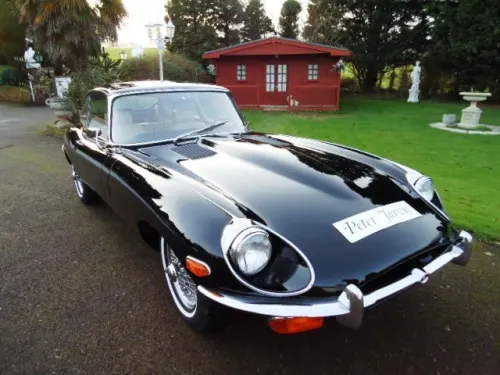Second series doesn’t necessarily mean second best, here’s how to find a good one...
The summer of love may have gone by the time the Series II appeared, but the love for the Jaguar E-type, then as now, knew no bounds.
Since the E-type made its sensational debut in 1961, some devotees were wary of subsequent developments but change it did. The XK6 4.2-litre engine pre-dated the arrival of the Series II, appearing in the two-seater Sports and coupes from 1964, and then the elongated 2+2s from 1966. The 4.2 is a smooth and powerful engine that offers refinements over the previous 3.8 including better low-end torque and mid-range pickup.
The Series II was announced at the Earl’s Court motor show in 1968 continuing the range of three different models at the same price but offered a revised look with some notable new features and options. For many Jag fans, it is the one to have while for others it is the one they can afford. As Series I prices continue to soar, so demand for Series II will rise – they’re not going to get any cheaper, so now’s the time to see what’s available.
VITAL STATISTICS
Jaguar E-Type Series II
Engine 4235cc/6-cyl/DOHC
Power (bhp@rpm) 265bhp@5400rpm
Torque (lb ft@rpm) 283lb ft@4000rpm
Top speed 136mph
0-60mph 7.4sec
Consumption 18mpg
Gearbox 4-spd manual
WHAT TO LOOK FOR
BODYWORK & CHASSIS
The condition of the bodywork – both structural and cosmetic - is a prime concern with any E-type, some would say it is more important than the mechanical condition. Because of the level of investment involved, a full inspection by a professional is recommended so that you can be sure that what you are paying for represents value for money. Restoration costs can soon exceed the car’s total value. The design, incorporating large monocoque box sections, was prone to rust as a result of internal condensation. If you make your own inspection, take a detailed look at the front chassis frame as a crack is a sure sign of internal rot breaking through. Check the outer sills to see that the drain holes do their job and have not been blocked by over enthusiastic use of underseal. Pay attention to panel fit and gaps as wings may not have been welded on correctly and it is not just a matter of readjustment to fix it.
ENGINE
The XK 4.2-litre straight six is generally strong and reliable but the block is susceptible to frost damage so look for cracks. Blocks can be metal-stitched at a cost. If tappet noise is excessive and continues for a long while after the engine has started the tappet guides may need replacing. Other things to look for include wear on the main shaft, worn gearboxes with synchromesh problems, and a tendency for the master brake cylinder to stick.
RUNNING GEAR
Steering column bushes and rack end bushes often wear out, likewise the ball joints. Many US cars had a factory power steering system fitted. In the cabin, original 16in driving wheels tended to constrict drivers and as a result, smaller aftermarket types have often been substituted. Original wooden steering wheels can delaminate and split.
Many Series II drivers prefer silver wire spoked wheels and chrome wheels were an optional extra but are often found on US cars. Rear wheel bearings and differentials can be tempermental and while parts are available and not too expensive, replacement can be involved and therefore costly. The Series II hubs are smooth and sturdier than their predecessors. Some cars will have been fitted with modern tyres and wider rims for improved handling – look for signs of rubbing at the rear bump stops. Make sure that the removal tool for the spinners is included with the car.
INTERIOR
Many E-types have been returned to the UK from the US and conversions from left-hand drive to right-hand drive can affect value. To meet their emission levels, the Americans got detuned engines with twin Zenith-Stromberg 175 CDSE carburettors while triple SU HD8s were retained in the UK. Retro fitting of SU carburettors is a good upgrade for a US market car.
OUR VERDICT
While purists may hanker for a Series I original, the Series II incorporated a number of significant improvements that resulted in a more mature and reliable car.
Because America represented a huge market for the E-type, several of the changes were in line with US legislation relating to emissions and safety. For example, the new fully reclining seats allowed for head restraints to be fitted, while rocker switches replaced the earlier toggle type, and a collapsible steering wheel was introduced. However, the most visible change was the loss of the distinctive glass headlight covers.
Engine cooling was improved with a larger air intake, plus a pair of electric cooling fans and a larger radiator. Braking was improved while air conditioning (left hand drive cars only) and power steering were optional extras, with an automatic gearbox being a factory fitted option for 2+2 owners.
For those who want a sorted E-type the Series II has got a lot going for it. A good example will certainly not be cheap, but you will not just be investing in one of the most desirable classic cars but also ensuring a lot of driving pleasure.



